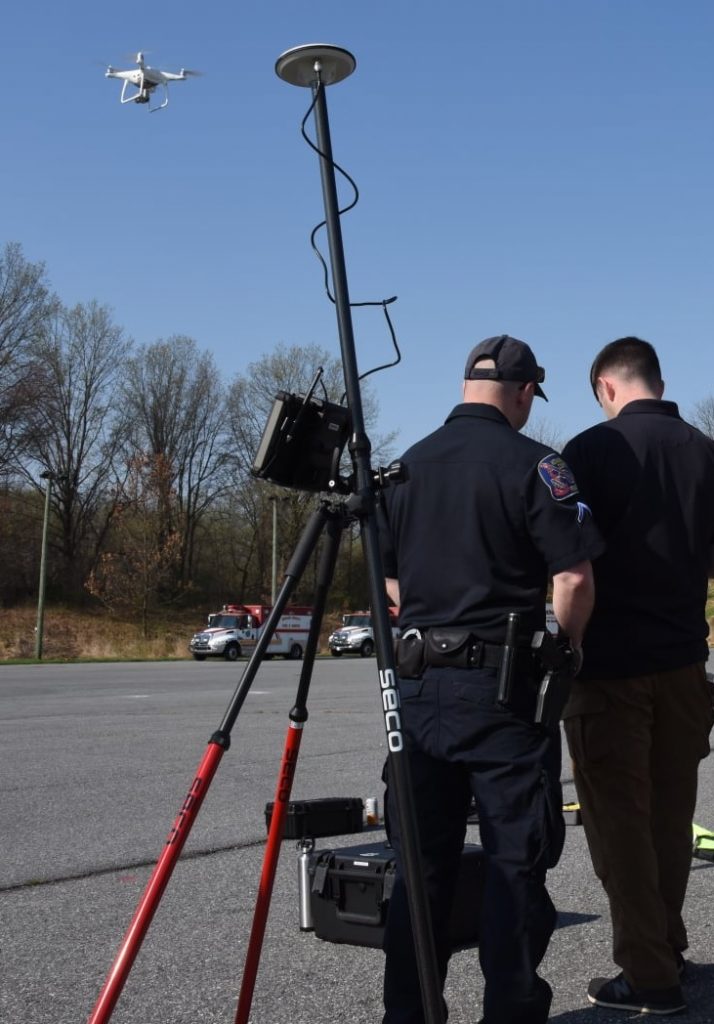
Processing a crime scene requires thorough, accurate documentation of every single piece of potential evidence at the scene. Oftentimes processing a crime scene takes hours to process to ensure all of the information is documented correctly. Information that is collected and stored must be done so in a manner that can hold up in court.
Accuracy of collection of the information at the scene is paramount when forensics teams are reconfiguring a crime scene to determine what happened and who is responsible. The use of drones and rugged tablets are becoming increasingly popular to process crime scene data and information.
Rugged tablets integrate with drones to collect crime scene evidence and data in a fraction of the time of traditional documentation methods. Having the assistance of drones allows crime scene forensics teams to take aerial views of the crime scene with 3D images that can be used back at the lab to reconstruct the scene in its entirety in 3D. Drones also make it possible to collect data and information from busy roads or rough terrain, without endangering the life of a forensics team member.
Rugged Tablets and Drones Aid Forensics Teams by:
Crime Scene Data Collection
Crime scene data collection is done in a fraction of the time it takes for traditional methods of data collection. Traditional methods of collecting and processing information from crime scenes are done by a team of people who document items with pen and paper, taking pictures with a camera and bagging each item of evidence individually. With the use of drones and rugged tablets, information can be collected from aerial shots in 3D imaging for use during scene reconstruction.
Drone footage is captured from the scene and the rugged tablet logs all information in real-time and stored on the network, so anyone with access to the network can review the data collected. This means if the lab wants to start processing the information being collected at the scene while the forensics team is still at the scene they can.
Crime Scene Reconstruction in 3D
3D reconstruction of crime scenes now allows forensic teams, investigators, and jury members the ability to revisit the scene at any time from any location. Crime scenes can be better put back together when the information collected is done in 3D. The lab can then reconstruct the scene with 3D renderings to create an exact replica of the crime scene which helps them process the scene to best determine what happened and who is responsible.
Irrefutable Accuracy of Evidence
All evidence collected at the scene is done so with accuracy that holds up in court. Precise measurements are taken from the drone from above with pictures to document everything in its precise location at the scene. Everything that is collected can be revisited by geo-referenced photogrammetric outputs, rather than manual field notes.
Drones integrated with the use of rugged tablets aid forensics teams both at the crime scene and at the lab, to reconstruct a crime scene with precision and accuracy that builds a case strong enough to present in court. This offers a digital record of all information processed at the scene in full detail while granting access to anyone who has proper access to the network.

